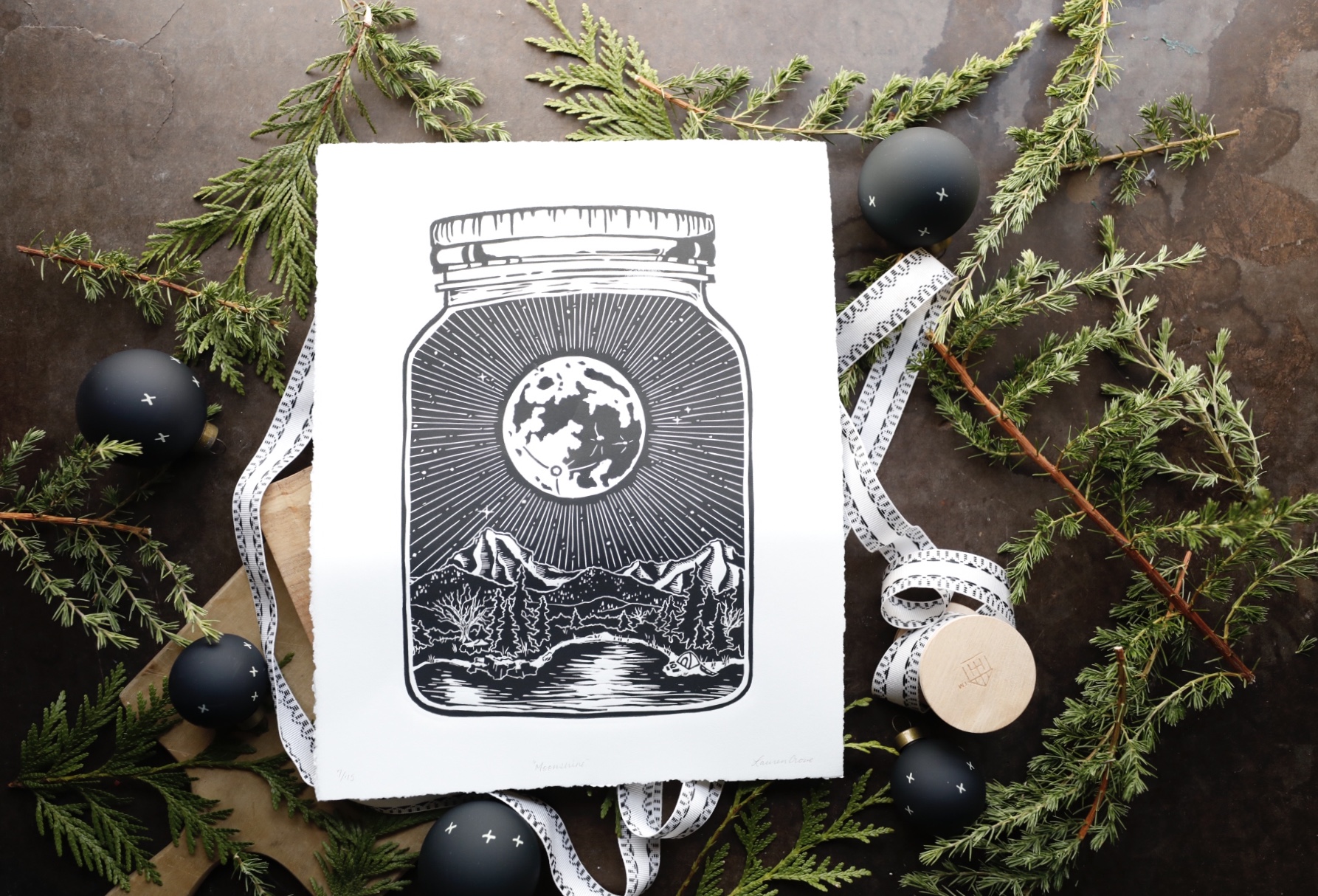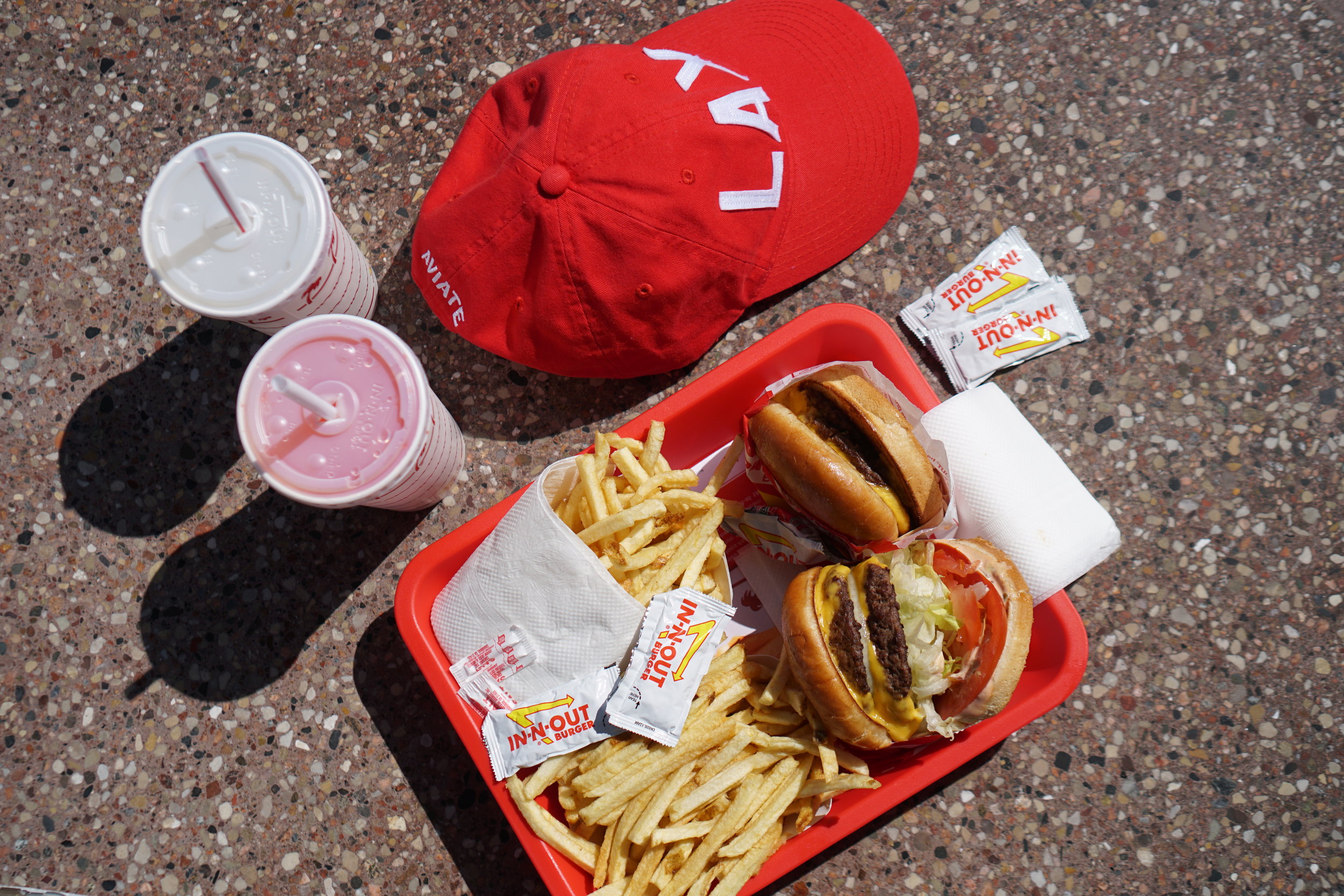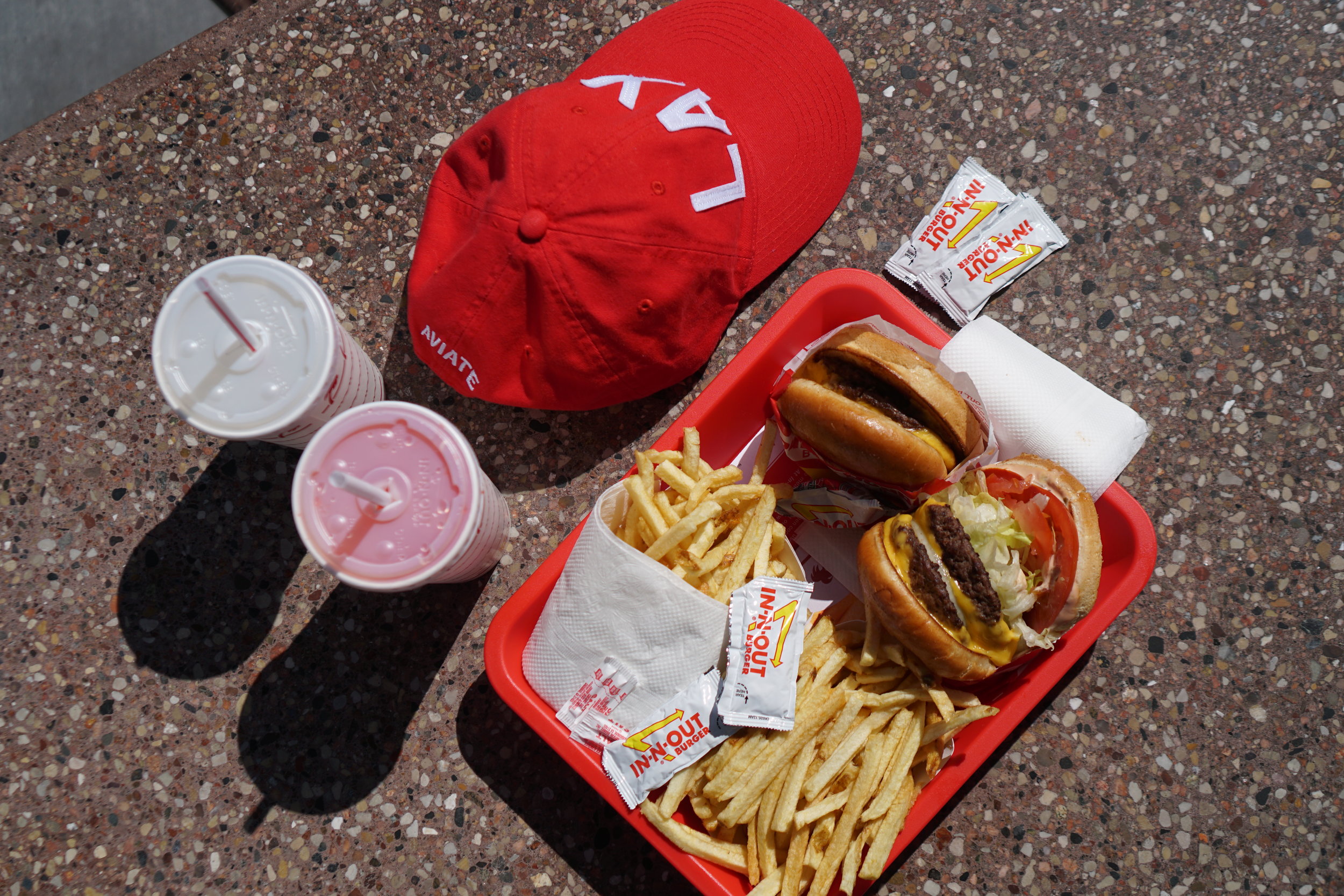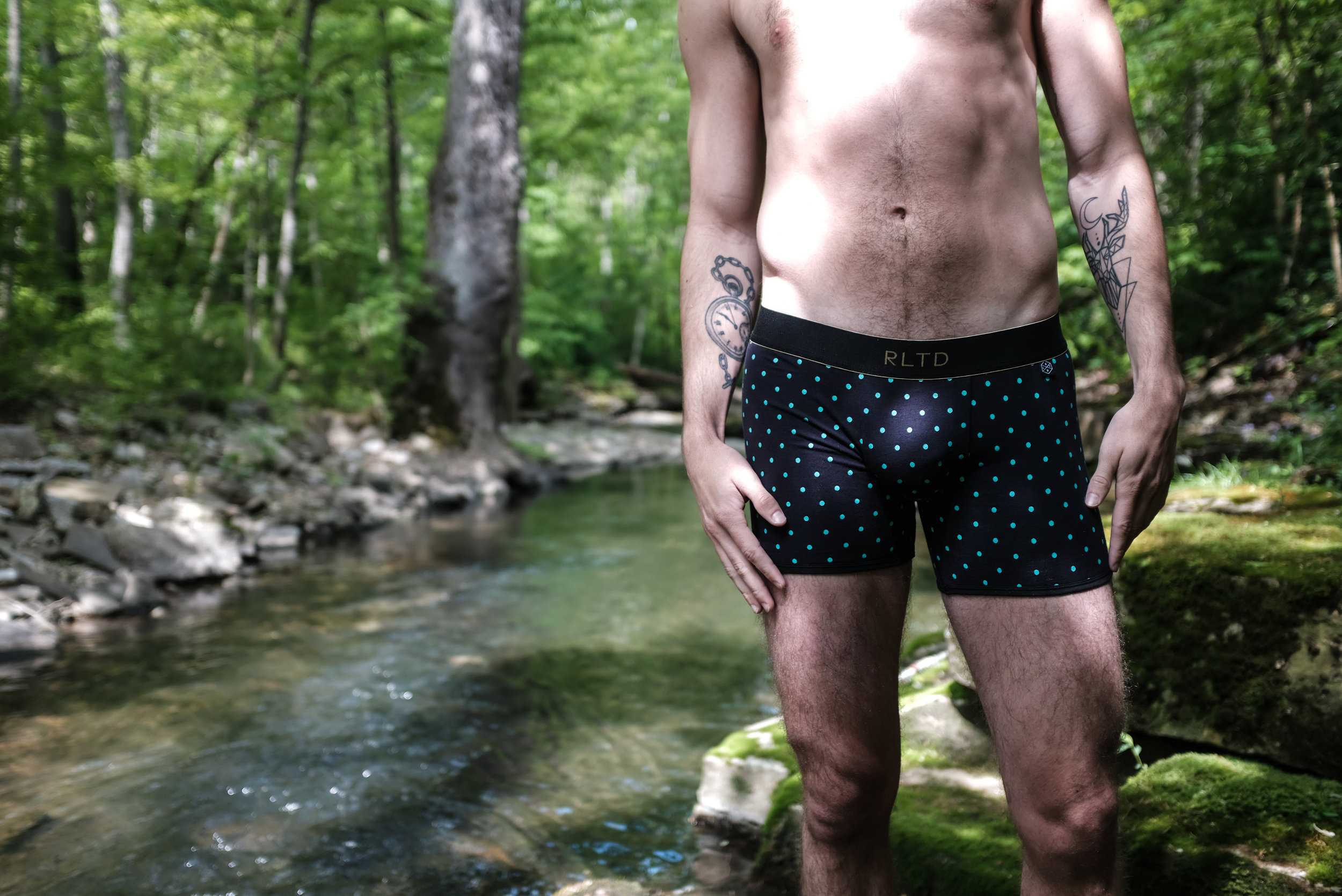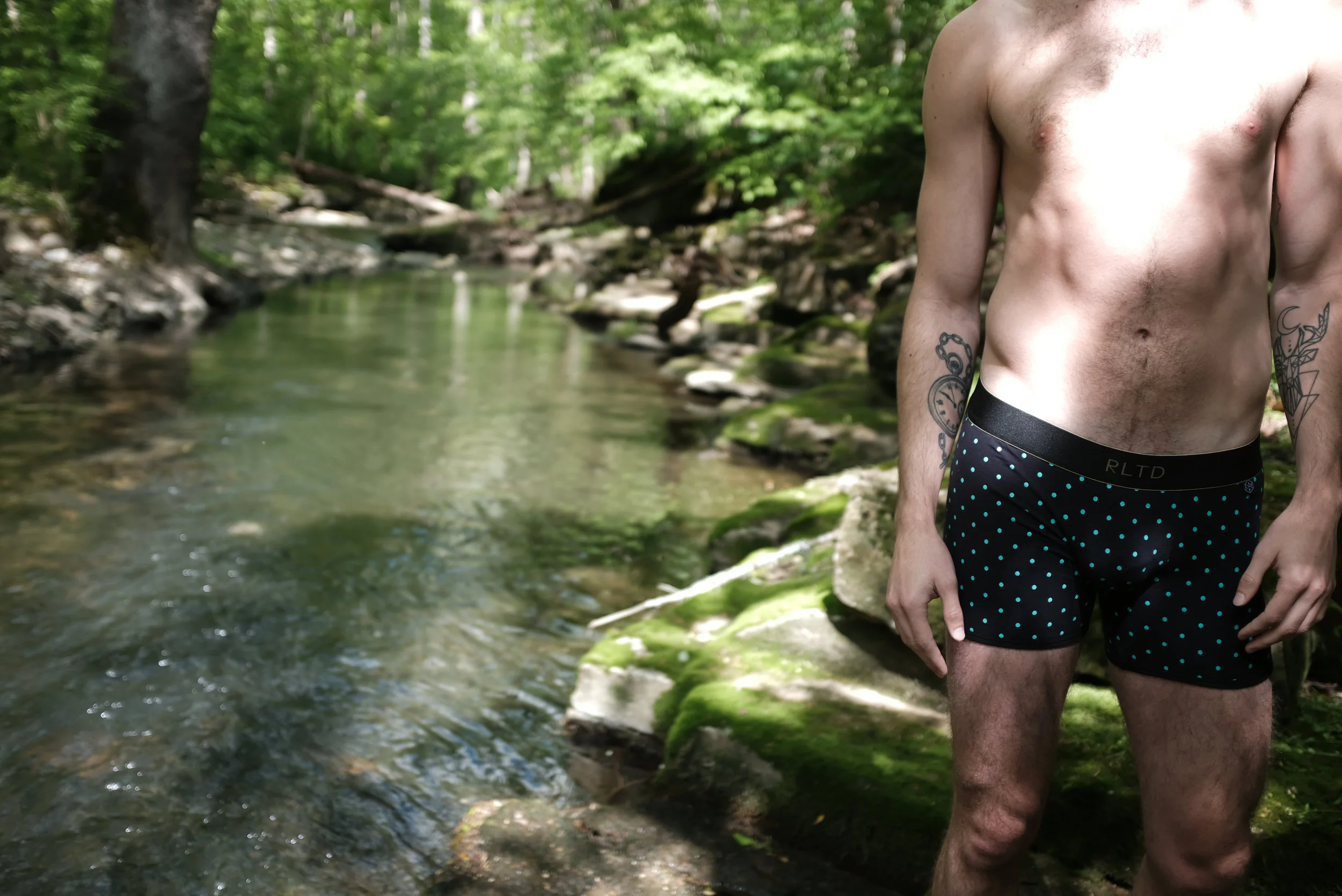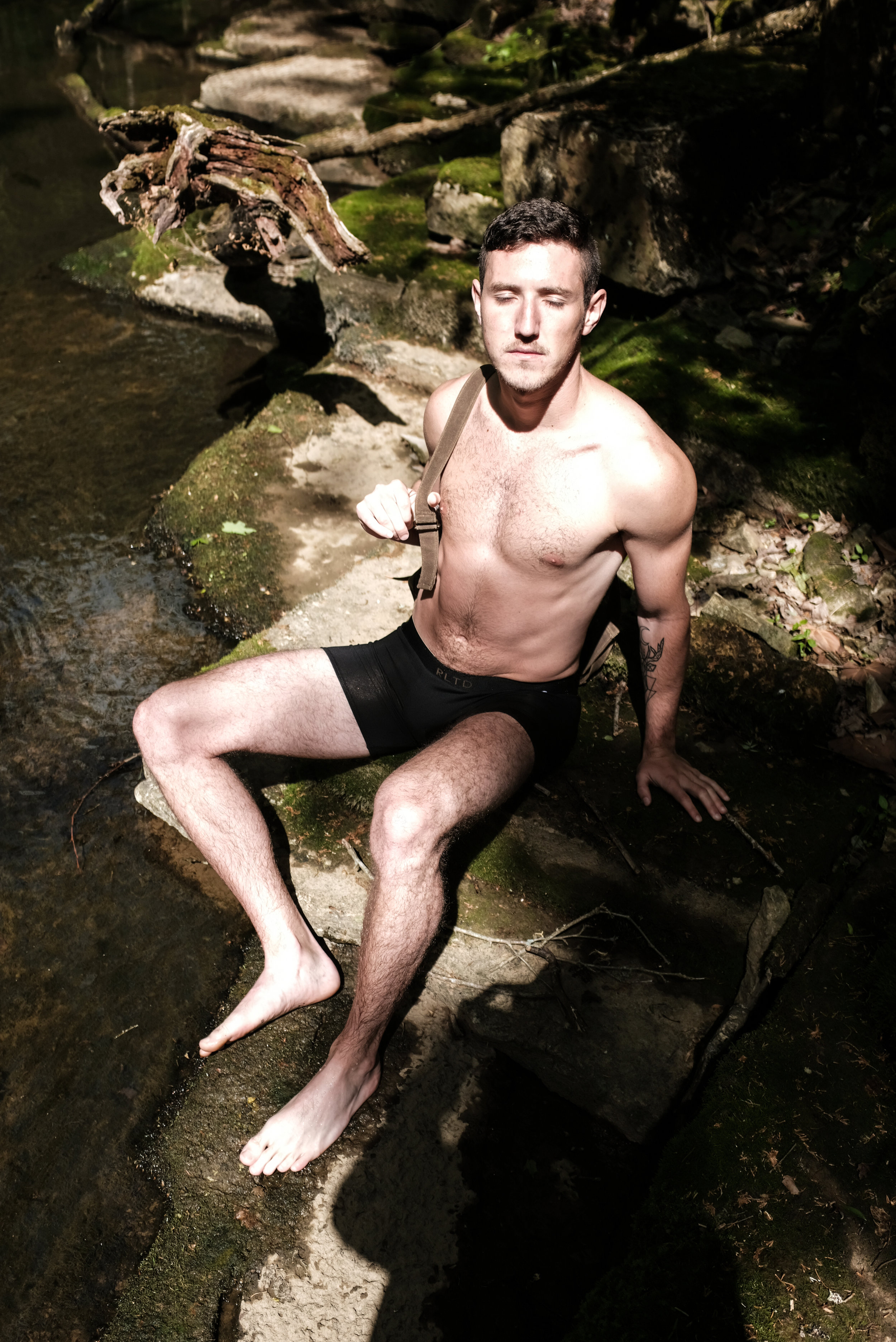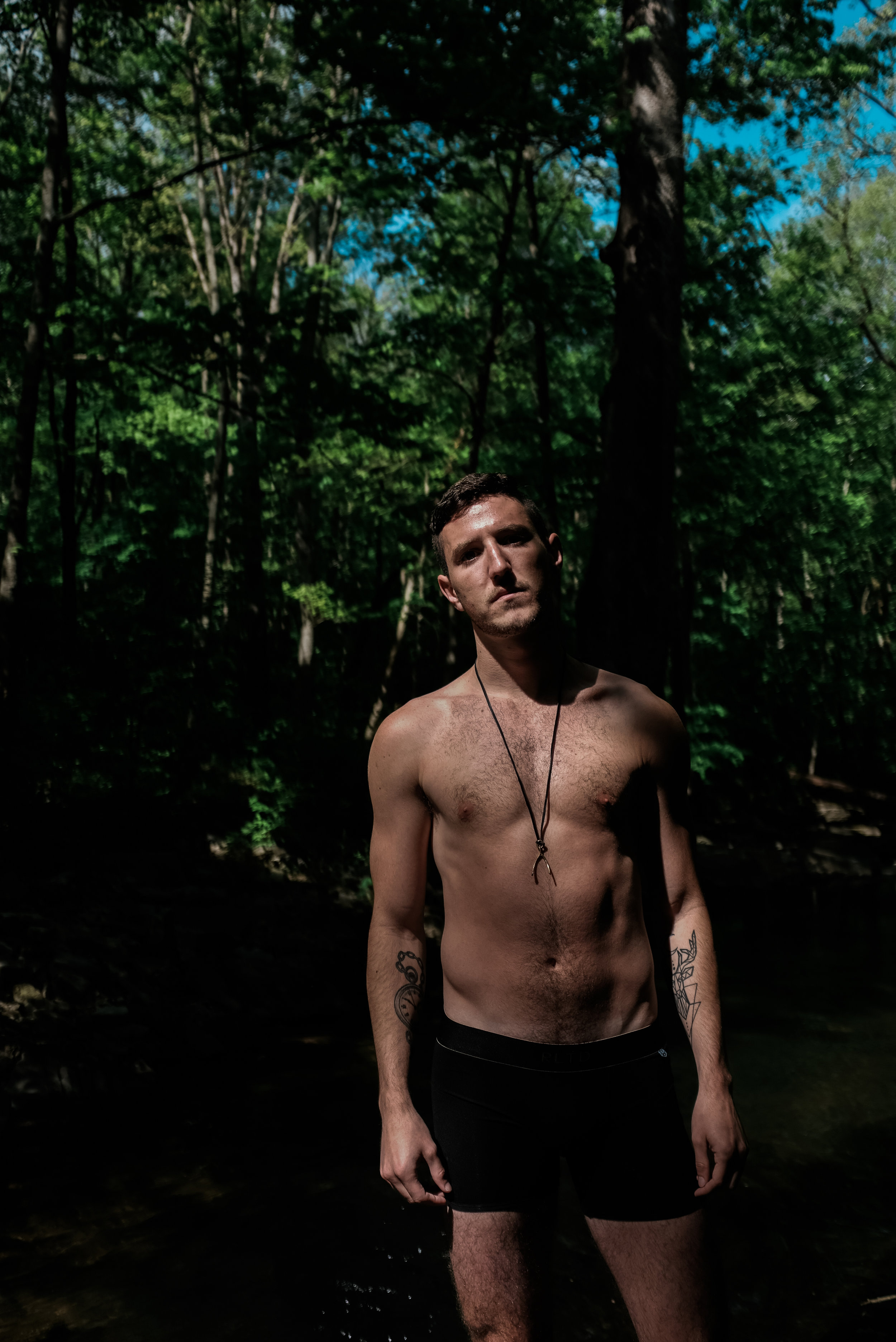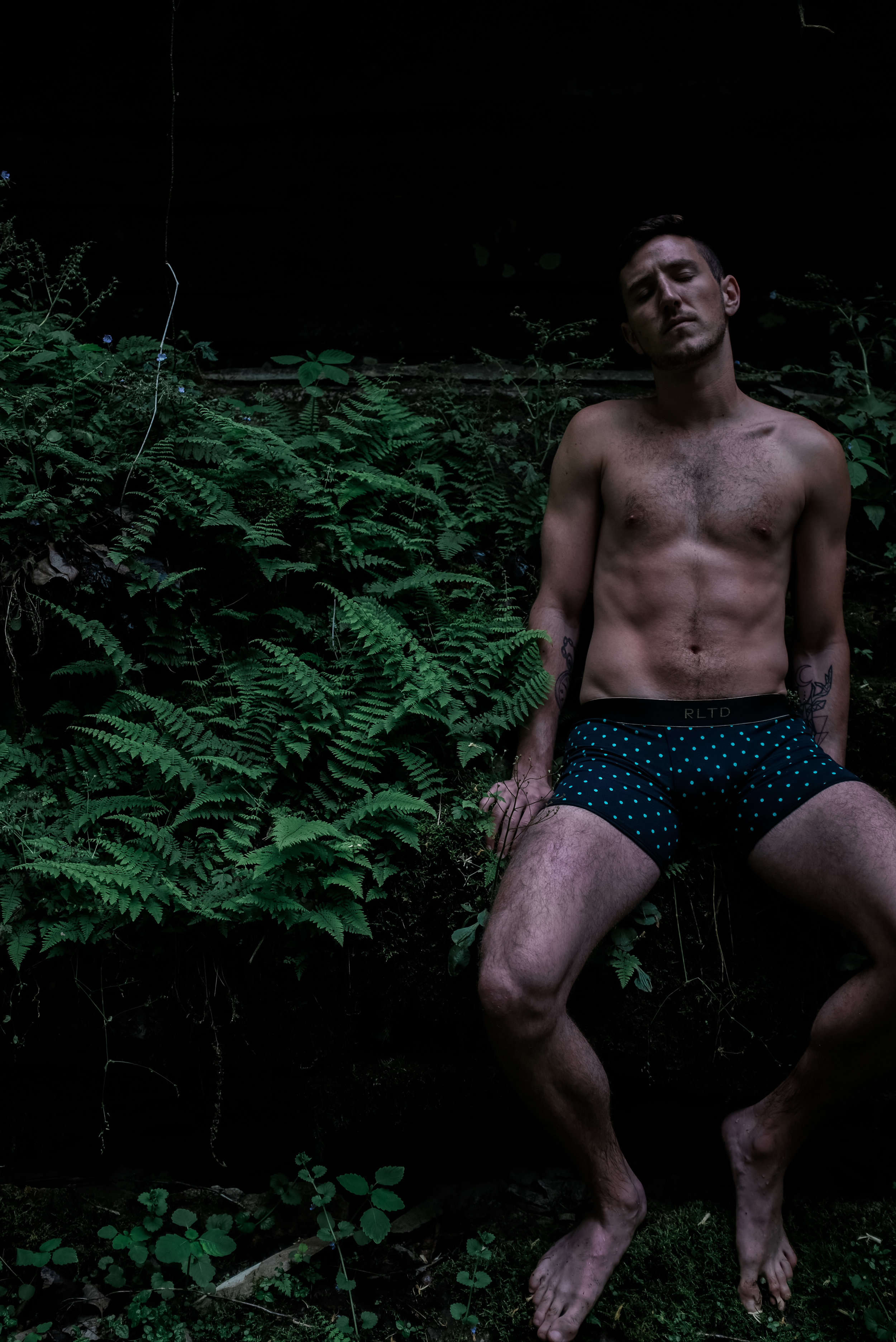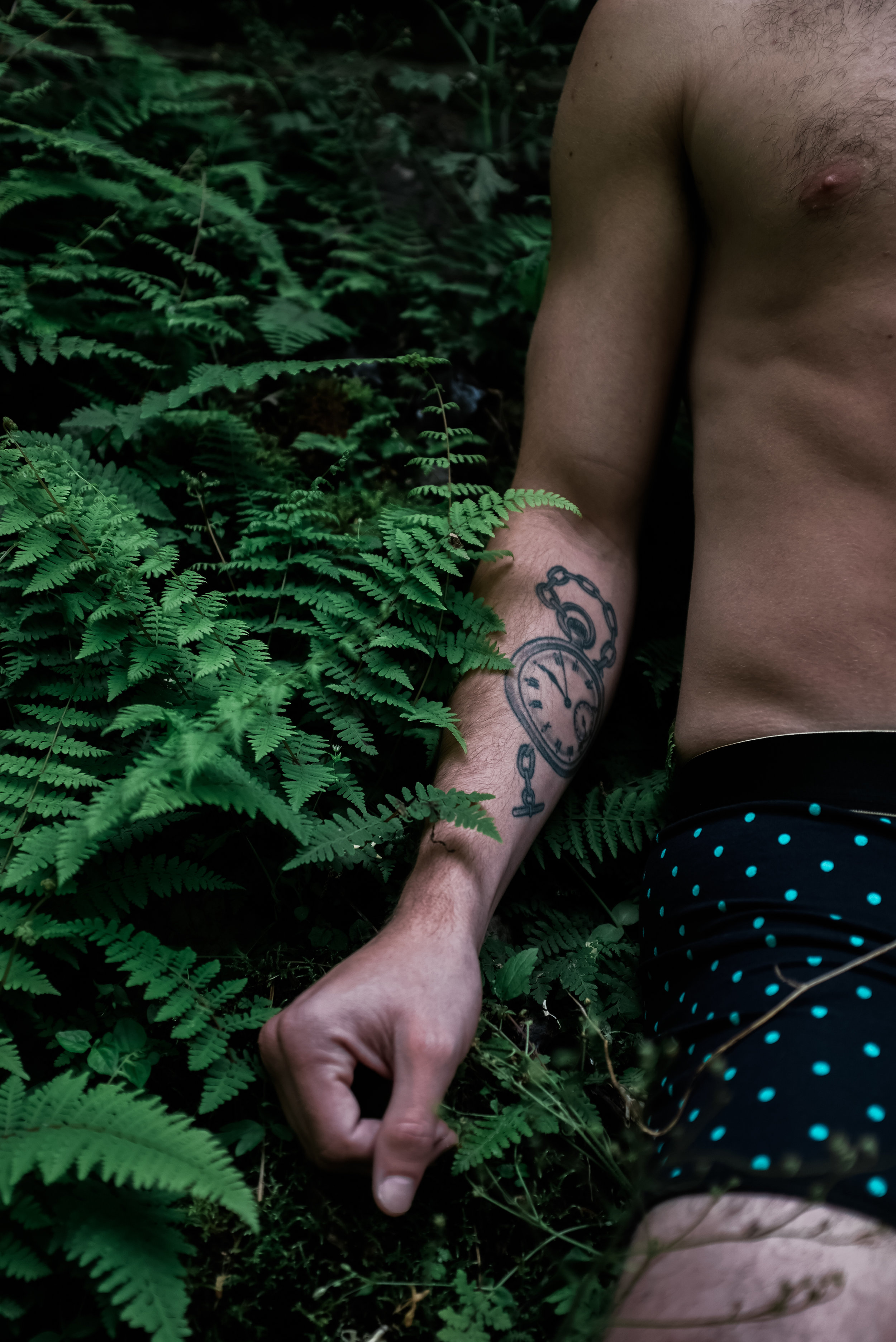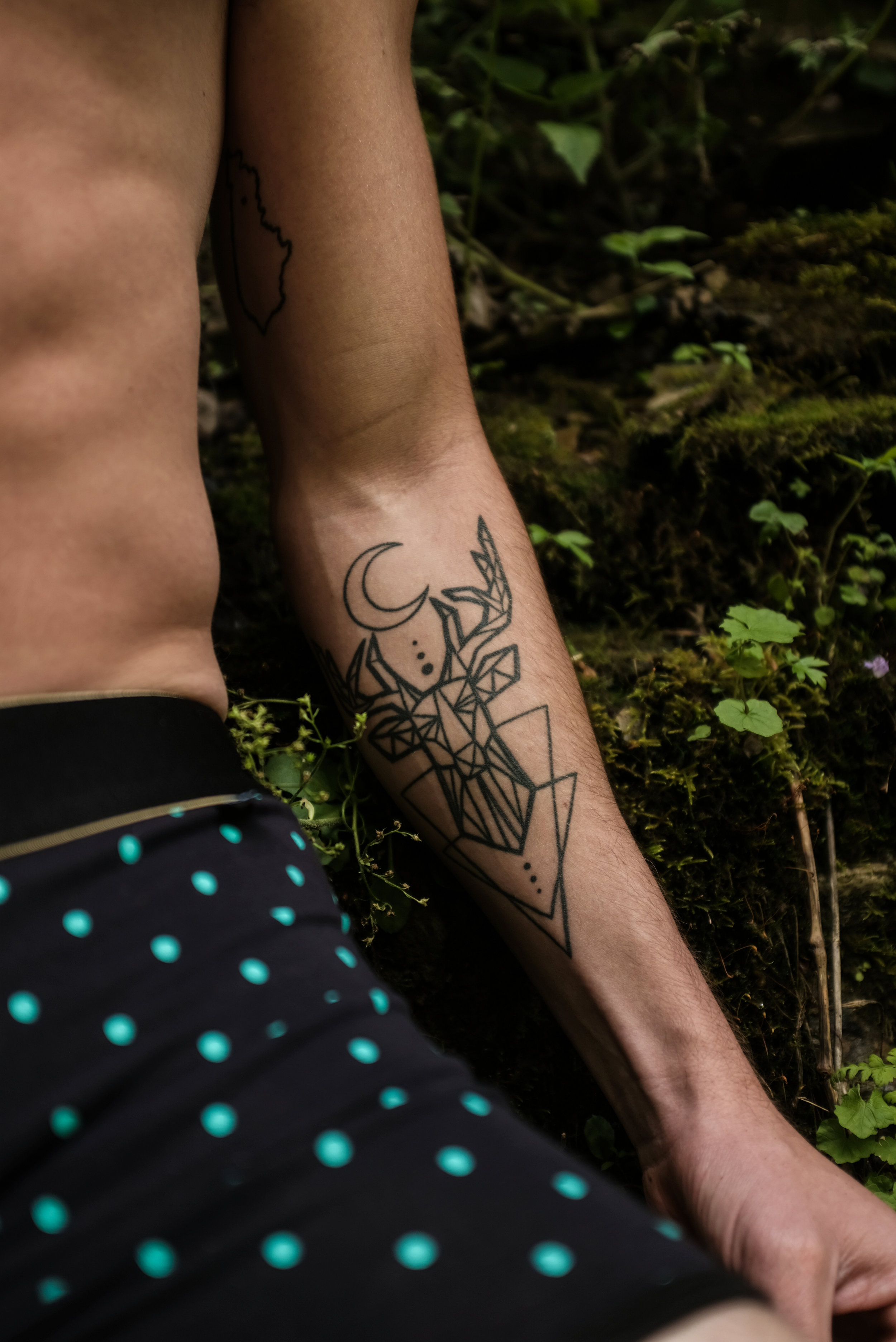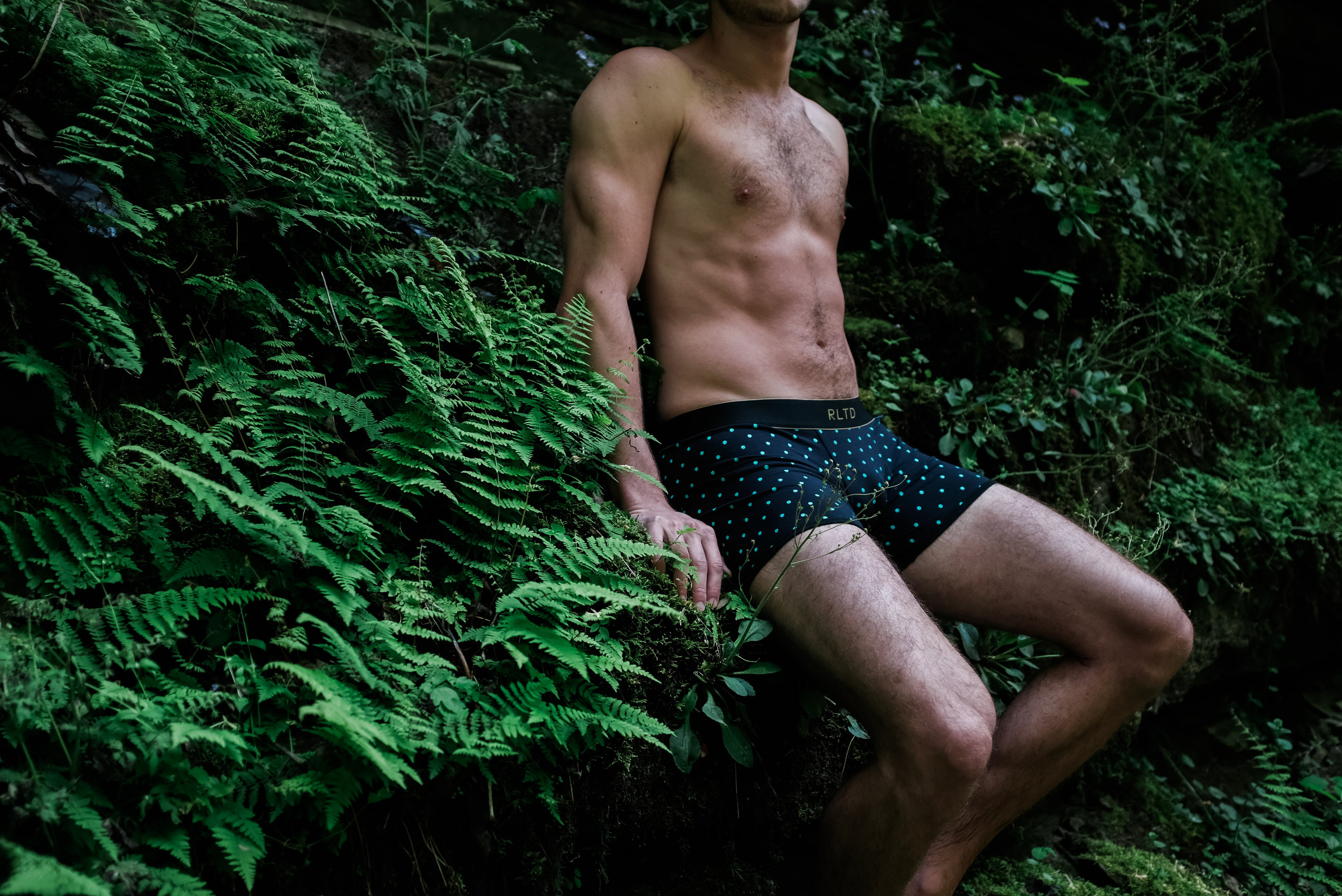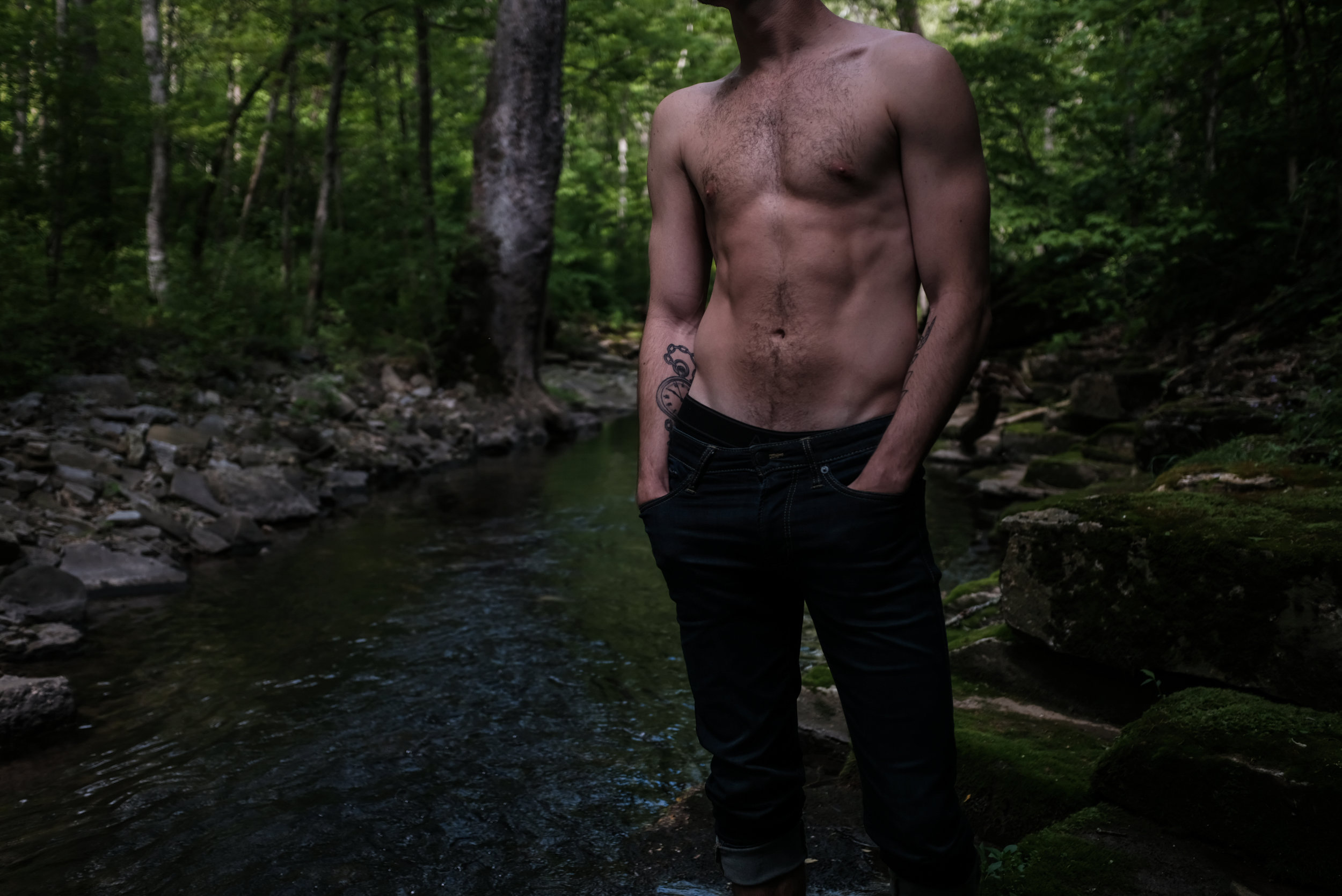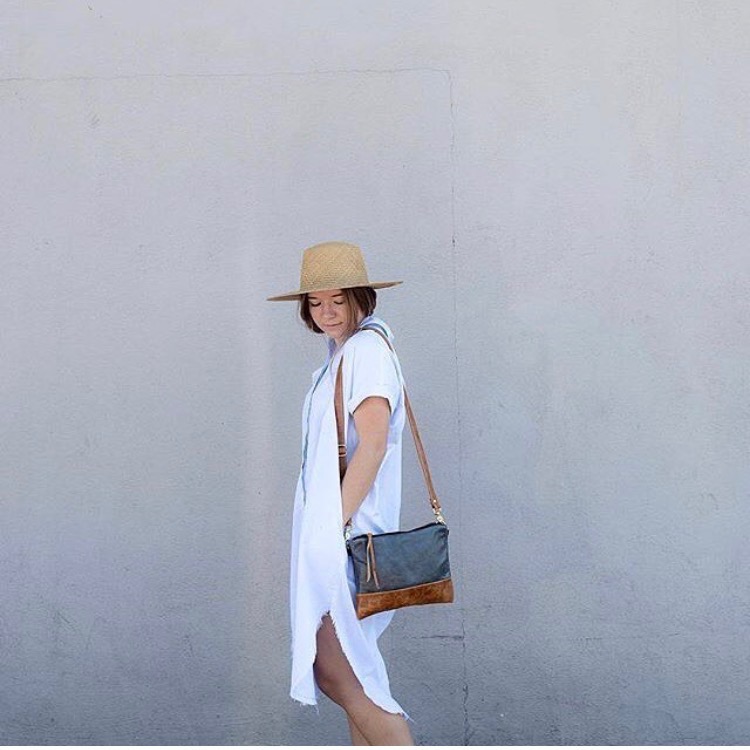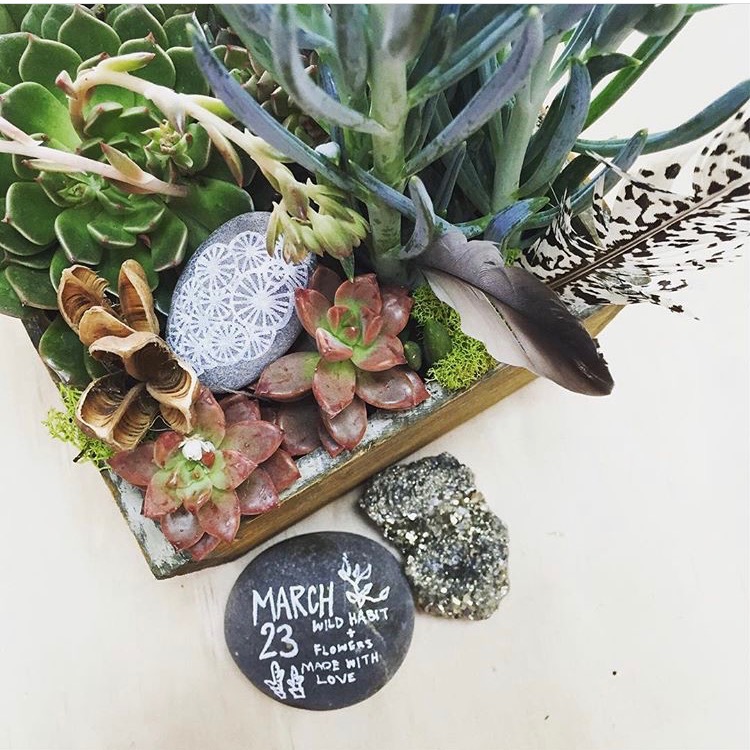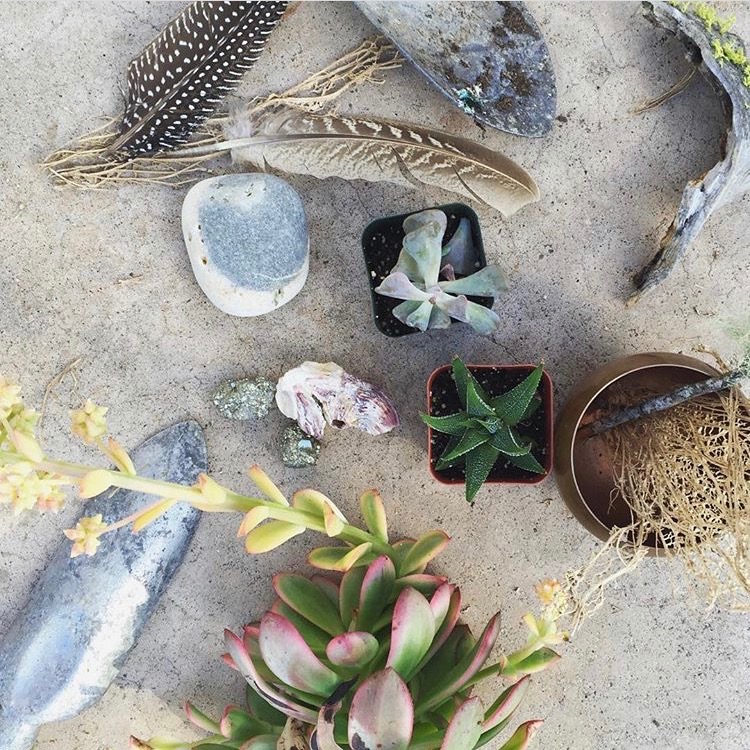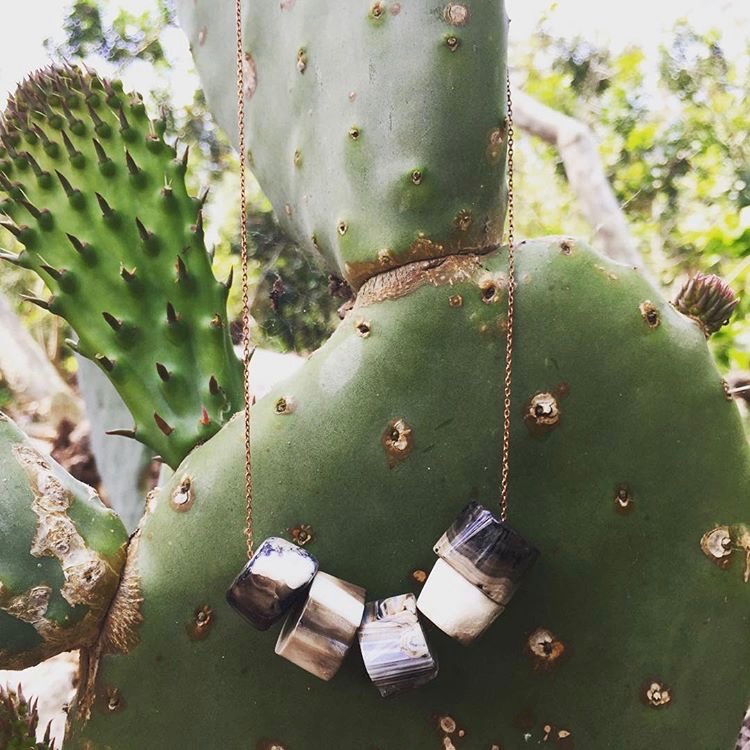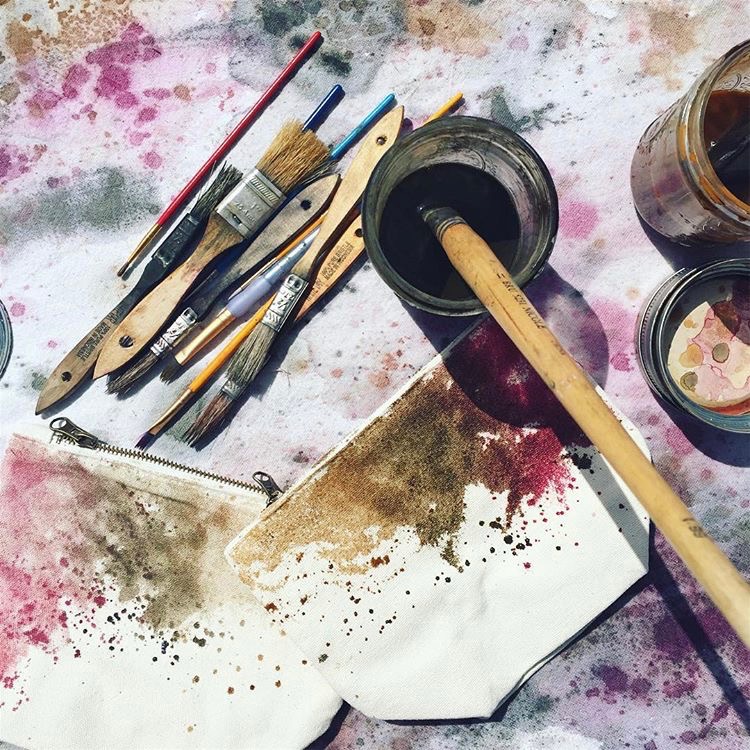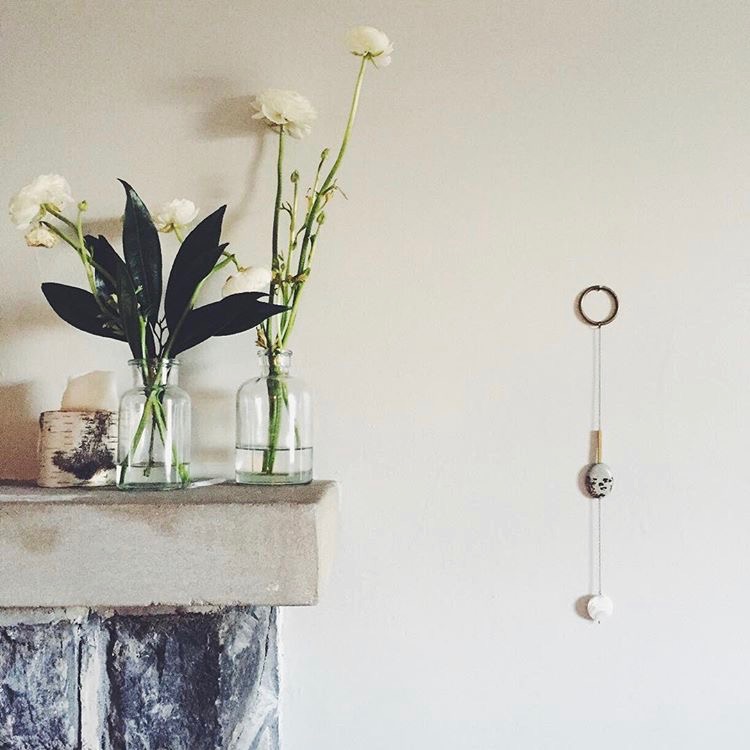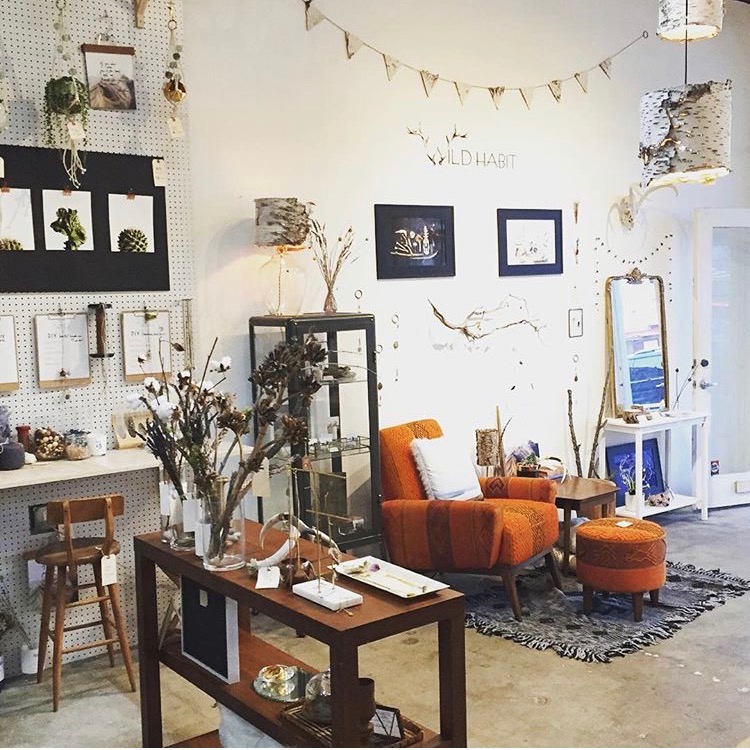Meet Michael the Maker
Guest User
Michael Stricklin is a maker located in Opelika, Alabama. The business he founded, Loyal Stricklin, is a leather goods and accessories company. He shares with us the in's and out's of being a maker and tells his story of becoming the maker that he is today.
MICHAEL STRICKLIN
OWNER, FOUNDER, AND CREATIVE DIRECTOR OF LOYAL STRICKLIN
Christophe: Tell us about your process to becoming a maker. Did you go to college? Did you come from the corporate world? Or were you always a maker?
Michael: I took a serious interest in product development after returning from a study abroad trip in Italy. I realized I wanted to be able to create beautiful items on a smaller scale than the degree in Architecture I was pursuing would allow for. I started working with leather to make a phone case/wallet combo, mostly because I could make them at the desk in my living room. The material spoke to me and so I continued to develop my skills and products over the next year and a half. I launched Loyal Stricklin in the Fall of 2013 as I started my masters degree and went full-time once I graduated.
C: How did you decide you were finally ready to be a full-time maker?
M: I had my first mild success the Christmas season of 2013, and business never slowed down after that. By the time I graduated, I went full time with a few part-time employees helping me make everything. I haven’t looked back since.
C: Why are you a maker?
M: I wanted to become an entrepreneur so I could have time to do the things I loved and not have to answer to a boss. Turns out, it’s not the days spent leisurely doing whatever that I had hoped they would be. It’s a full-time 9-5 job spent in the studio now. I’m never really “off” though, and am constantly thinking about ways to improve a design or how to run the business.
C: Why are you still a maker?
M: God willing, I’ll be one for as long as I can. Even if Loyal Stricklin could not pay the bills for some reason, I wouldn’t stop. Creating and working with my hands is my passion, and always has been.
C: As a child what did you want to be?
M: I was always drawing and creating as a kid, which is why I went into architecture. I knew I wanted to be in a creative field, but you have to make a living too. My childhood experiences spending time in the garage with my Dad on DIY projects and the skills I learned in Architecture school really lent themselves to making this business possible.
C: Tell us about your creative process and the evolution of that process as you've perfected your craft and as you've grown as a business.
M: I stay pretty passive on design for a long time while I think about the next product. I usually mull it over, sketch something out, and then it might be weeks before I look at it again. Because I am heavily involved in so many as parts of the business — from marketing to production and running the business and all that entails— It can be hard to find time to set aside just for design. I keep a journal and pens in my bag at all times. Once I’ve fixated on the next product I want to create, then that’s when I get down to design, sketching slight variations until I have something I’m pleased with on paper. Then it’s onto the real design, which is creating samples and working the kinks out with the actual product. It’s important to me that our products are simple and cost and time effective, yet also beautiful and useful. One of the most important things to me is that our designs are coherent across our entire line. I don’t like to make something new just to fill up a void in our product line. I need it to fit into the overall aesthetic and design of our entire product range.
C: What inspires you?
M: For design itself, I’m inspired by anyone creating beautiful work. I love 2D design, but I really get excited about 3D design, from true craftsman in the leather world to furniture and building design. A lot of the time, inspiration has to take a backseat; I have employees and bills to pay, and I have to put product development on the back burner and instead go into production mode most of the time to make it all work.
C: How have you grown your business?
M: We’ve been really blessed with this business. It’s hard to explain how we’ve gotten to where we are in a “do this and you’ll succeed" kind of way. I’ve found myself surrounded by wonderful people who really pushed this business forward. Friends like Folk helping us on social media when we got started. If I were still working alone, I don’t think that I’d be where I am at all today. Our small town is cheap to live and work in, but beautiful with an incredibly supportive community; my wife has been my biggest supporter, pushing me to be a better husband, boss, designer, and businessman; My employees are hardworking and loyal, and really carry the weight of our better selling items, and Instagram has been an instrumental tool in our growth and presence online. We take careful consideration of our designs and how our products wear in, and don’t release a product we’re not completely happy with. All these things, plus our amazing customers and fans have really propelled us forward. I think we were also lucky that I started doing all of this before being a “maker” was a normal thing. Sometimes you just have to be in the right place at the right time, and I think that’s been huge for us as well in the relationships we’ve forward with our retail partners and customers as a whole.
C: How have you perfected what you make?
M: I’m obsessive over the things I love. I always have been. My mother used to get mad at me because I’d find a hobby, get obsessed, and then drop it once I had had enough of it. I’m lucky to have that trait, as it’s allowed me to push forward with this business. I’ve matured at least a little since my younger days, and don’t plan on dropping this obsession anytime soon. I need to create to have a fulfilling life, and this has been the perfect outlet for my desire to create.
C: Has this growth been easy?
M: Nothing about running a business is easy, but it’s worth it to my wife and me. Even the toughest moments are something to be thankful for, as it’s the hardships that reveal and refine your character and allow for the most personal growth.
C: What has been the most successful way to get your product out there?
M: Instagram and trade shows by far. We’re starting to look into more traditional methods of advertising in the new year, but connecting with our customers directly online and with small business and store owners in person has worked well for us. Life is all about people, and connecting with them. You can’t do anything worthwhile without including someone else, and that has been a core belief in our business since the get-go.
C: What does the future hold for you?
M: We hope to continue to be able to do what we love, hire more people and create more jobs, and grow as big as we can while maintaining our values. We’re constantly improving and refining our current product line and coming up with new ideas. I didn’t put “leather” in our business name, because it was never just about that. We hope to move into many different forms of design and product development and will continue to expand our offerings as we continue to grow.
C: Give us three tips you've learned as a maker that can be applied to everyday life:
1. Whatever you do, work your ass off.
2. Refine, refine, refine.
3. Always continue learning something new.
C: What is the biggest lesson you've learned?
M: It all takes a lot more time than you think. Don’t compare yourself to someone that looks like they’re doing better than you. Keep your head down and worry about you, and you’ll get there.
C: Why should we support and buy maker and American made goods?
M: The maker movement is just so real, so tangible. You're not just buying a wallet, or a candle, or a mug; you're buying into someone's passions, their dream, their livelihood. It's as if you get a glimpse into a part of their day--through their eyes--where they spent hours looking over and shaping the same piece that you now hold in your hands. That same care and attention will rest loyally in your hands, in your pocket, and in use for years to come. There's a beauty and a warmth to it that just isn't possible with your normal big box store purchase.
Even if you decide not to purchase from us, we hope that you will purchase with a purpose from makers, from artists, and from average Joe's just chasing their dreams and living life by their own terms.
If something isn’t good enough, we redo it. If a stitch doesn’t look right, we redo it. If a piece of leather doesn’t look right, we don’t use it. Quality control happens throughout the process.We make sure to only use certain types of leathers, with certain thicknesses for certain things. If the material is too thick or thin, it won’t work.
Since everything is made in-house, it isn’t too hard to maintain the quality we want.
C: How do you ensure quality of your brand and your products?
M: We’re a small team- only four of us make all of our products. I make all of our bags, my wife makes all of our wallets, and our two production employees, Kelen Rylee and Seth Brown, make everything else. The team has been trained to really understand the quality that we’re going for, and I trust them to only let products that pass my standards go out the door. If they have any concerns, I’m right there everyday in the studio alongside them to guide them.
C: How do you live authentically?
M: I keep the same schedule and routine everyday. I speak my mind, but have learned when it’s important to remain silent. I do my best to treat others well and with respect, and I love what I do.
C:How do you find the divide between work and personal?
M: The actual work takes place between 9-5. Thinking about the business never stops, but when I’m home, I do my best to be at home. Rest and turning off the business mind makes your work far better than if you just think about it nonstop. Don’t be afraid to take a break. You probably need one.
C: What is the biggest question you've yet to find the answer to as a maker?
M: Why are there so many different taxes? It’s insane. As a small business owner, I’m taxed from all sides. I’d love to be able to put more money back into the economy by providing more jobs, and buying more supplies and materials and equipment to expand, but sadly, growth is often slower than I want because so much has to go to the government.
C: How/Where can we find your products?
M: The best place to find us is at our website at www.loyalstricklin.com, at our flagship retail store at 711 Avenue A in Opelika, AL, or at one of our many fine retailers across the globe. A complete list of stores carrying our goods can be found at www.loyalstricklin.com/pages/stockists
By humbly and passionately pursuing his dream, Michael plays an important and vital role in the maker movement. People like you and me have a part to play as well in supporting our local, small businesses. It is a privilege to see Michael and his incredible business continue to grow and prosper. You can continue to follow their journey on Instagram @loyalstricklin



























